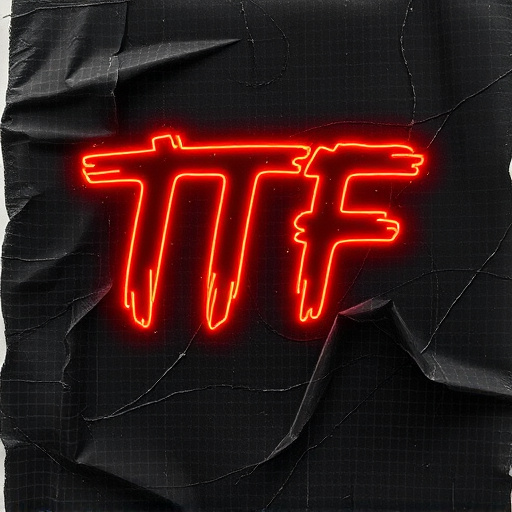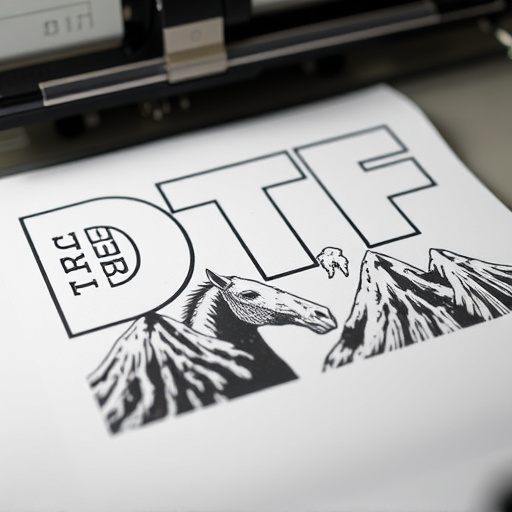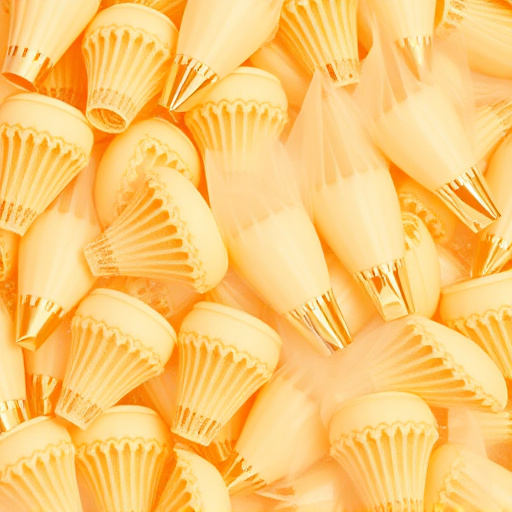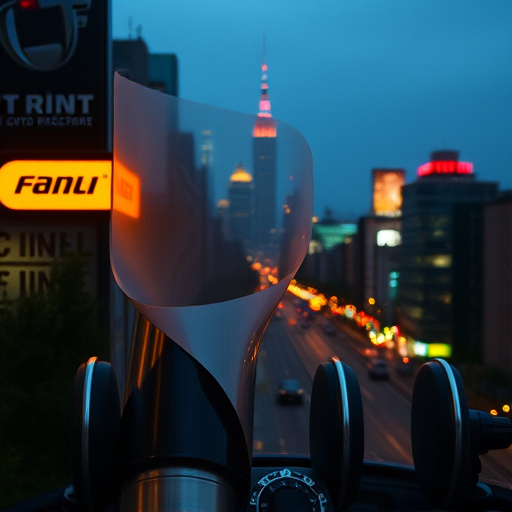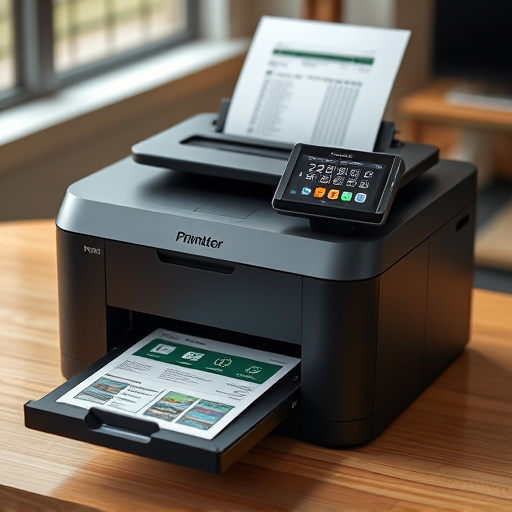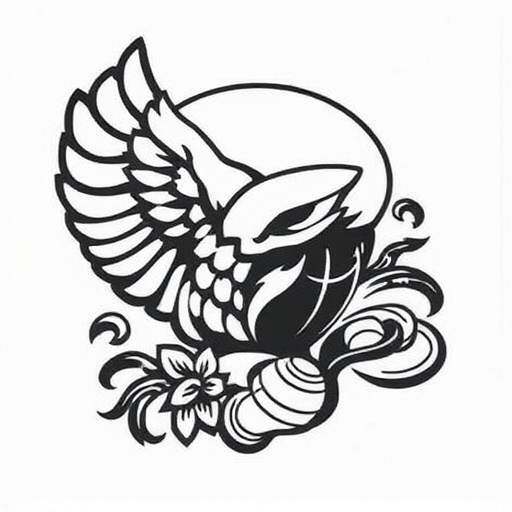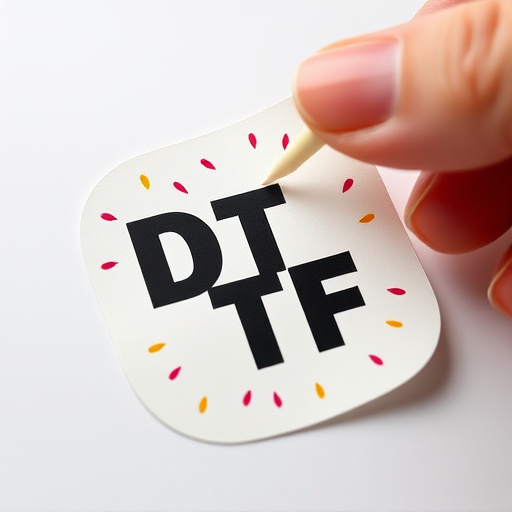The DTF Transfer Printer is a tech breakthrough for high-quality fabric printing, especially on t-shirts. It allows users to design and edit artwork, generating high-res images transferred onto sheets via pressing. This technology supports vibrant colors and detailed graphics for on-demand custom printing. Before using, prepare a clean workspace with essential materials. The simple process involves preparing designs, loading film, aligning, adjusting settings, printing, removing film, preheating garments, and applying pressure for long-lasting results.
Discover the art of operating a DTF (Direct to Fabric) transfer printer with our comprehensive guide. From mastering the basics to perfecting your print, we’ll walk you through every step. Learn how to prepare your workspace and select the right materials for optimal results. Then, delve into the printing process, from design selection to heat press application, ensuring your creations are vibrant and durable. Elevate your DIY game with a DTF Transfer Printer today!
- Understanding DTF Transfer Printer Basics
- Preparing Your Workspace and Materials
- Mastering the Printing Process Step-by-Step
Understanding DTF Transfer Printer Basics
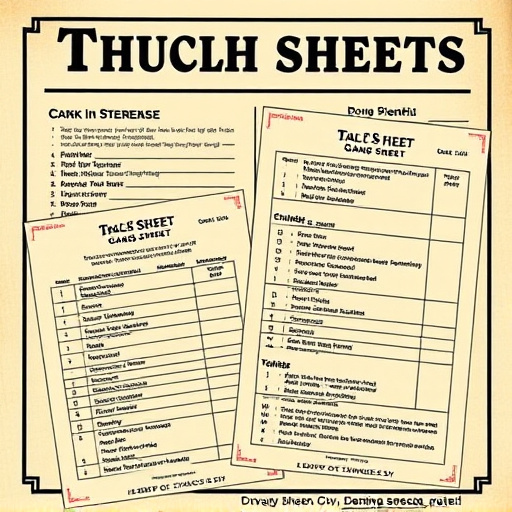
A DTF (Direct to Fabric) Transfer Printer is a cutting-edge technology that allows for precise and high-quality printing directly onto various fabrics, primarily t-shirts. This innovative process has revolutionized custom apparel creation, enabling businesses and individuals to produce unique designs with intricate details. At its core, a DTF Transfer Printer operates by transferring ink from a digital image onto a special transfer sheet, which is then pressed onto the fabric, creating a long-lasting dtf print.
Understanding how this printer works involves grasping the basics of its components. The printer software enables users to design and edit artwork, ensuring it meets the required specifications for printing on t-shirts or other fabrics. Once the design is finalized, the printer generates high-resolution images that are then transferred onto DTF transfer sheets. These sheets act as a medium, carrying the ink from the printer head to the fabric during the pressing process. This method allows for a wide range of colors and detailed graphics, making it an excellent choice for creating custom dtf prints on demand.
Preparing Your Workspace and Materials
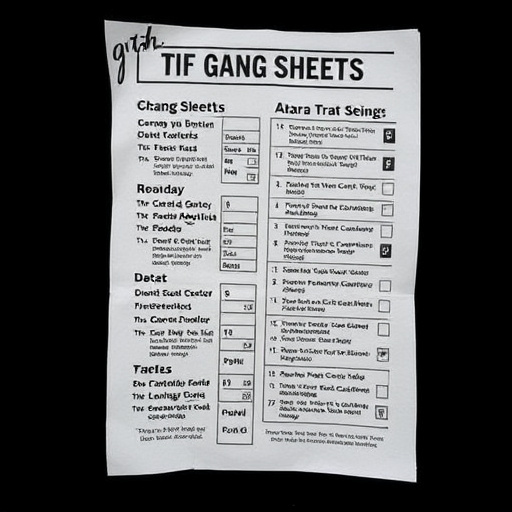
Before you begin operating your DTF (Direct to Fabric) Transfer Printer, ensuring a well-prepared workspace and gathering all necessary materials is crucial. Your work area should be clean, organized, and equipped with adequate lighting to facilitate precise printing. Start by clearing a substantial flat surface for your printer, layout board, and cutting tools. Invest in high-quality DTF transfer sheets suitable for light fabrics like cotton and polyester—perfect for custom t-shirts and hoodies. Additionally, procure ink compatible with your printer model, ensuring vibrant colors and crisp detail. Have precision scissors or a cutter at hand to carefully trim the transfers after printing. Don’t forget to include protective gear, such as gloves, to minimize contact with ink during the transfer process.
Organize your workspace by storing extra sheets, cleaning supplies, and any other accessories nearby. A well-prepared environment streamlines the printing process, allowing you to focus on creating custom designs for your DTF printing for light fabrics and garment projects. With the right setup, you’ll be ready to produce professional-quality custom t-shirts or personalize hoodies with ease.
Mastering the Printing Process Step-by-Step
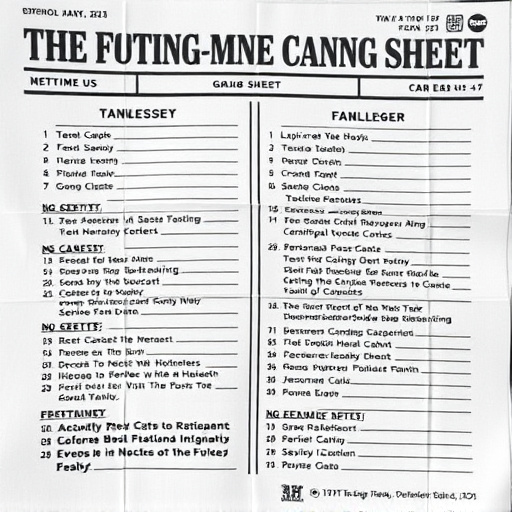
Mastering the DTF Transfer Printer’s capabilities is a straightforward process when broken down into manageable steps. Begin by preparing your design, ensuring it’s in a suitable format and resolution for printing. Next, load the DTF transfer film onto the printer, aligning it precisely to avoid any misprints. With the film securely in place, adjust the printing settings according to the garment type and desired outcome.
Initiate the printing process, allowing the DTF printing technology to infuse the design onto the film. Once complete, carefully remove the printed film from the printer, taking care not to damage it. Now, it’s time to apply the transfer to your garment of choice. Preheat the garment and apply pressure while gently rubbing the film to ensure the design adheres perfectly, creating a vibrant and long-lasting finish on custom sheets for heat pressing designs onto garments.
A DTF (Direct To Fabric) transfer printer offers a straightforward yet powerful method for creating custom designs on a variety of materials. By understanding the fundamentals, preparing your workspace effectively, and mastering the printing process step-by-step, you can unlock the potential of this versatile tool. With practice, you’ll be able to produce high-quality prints that cater to various applications, from apparel design to home decor.

